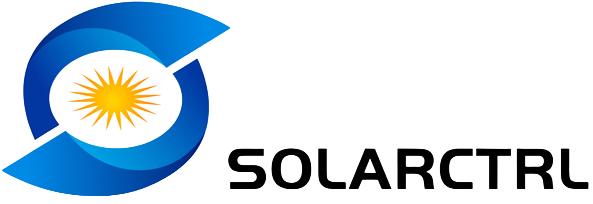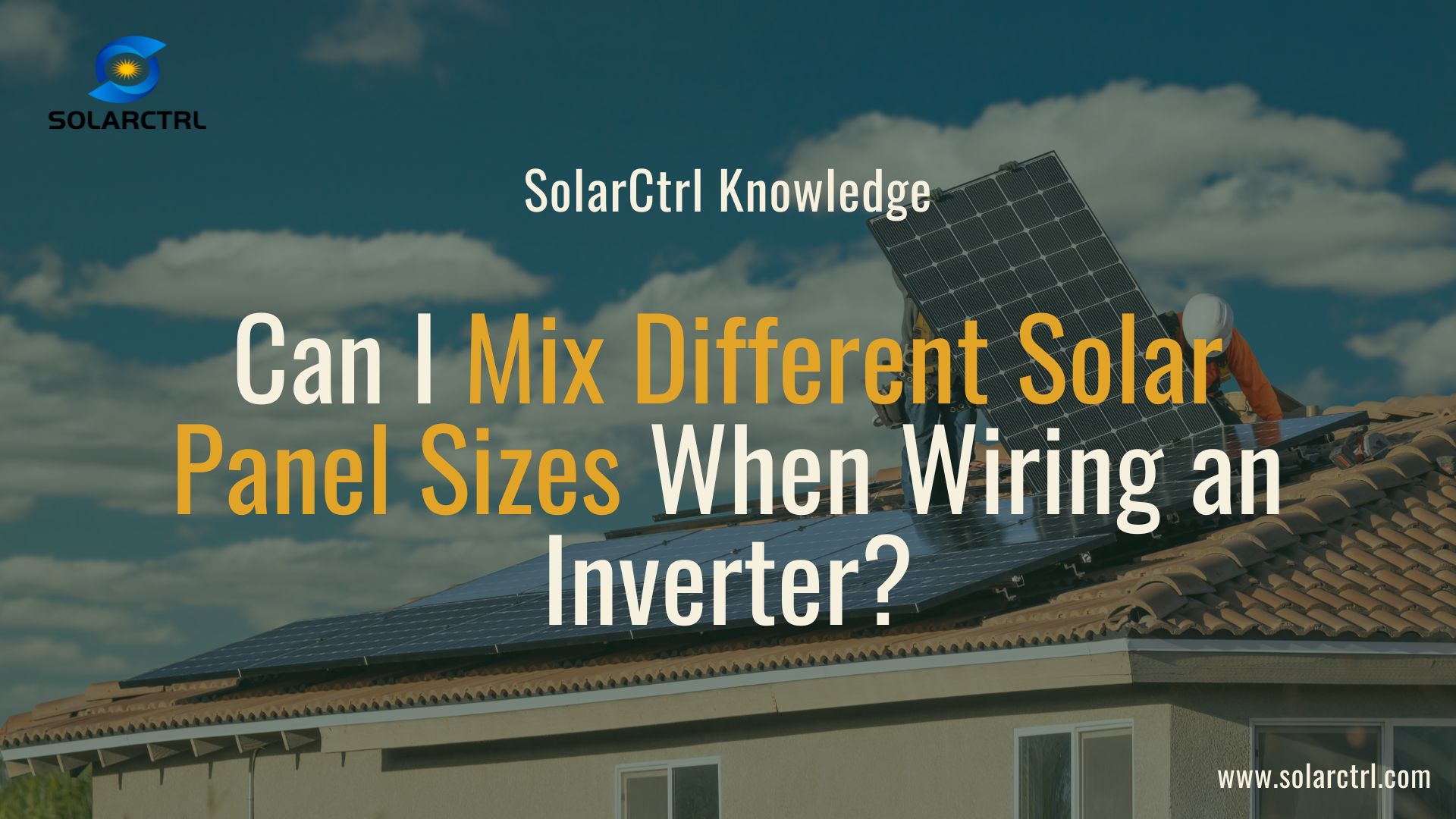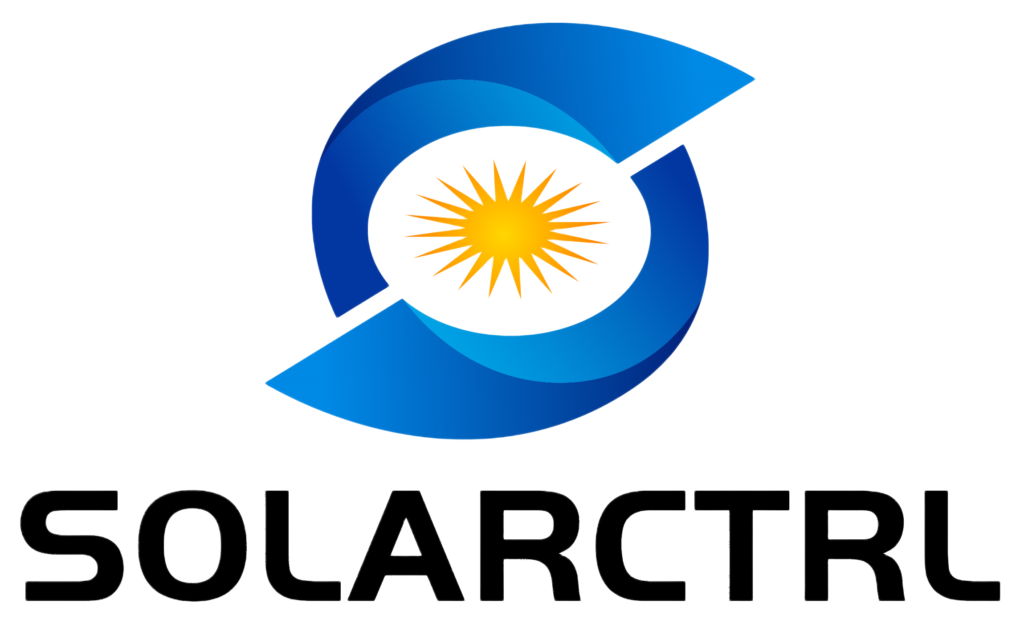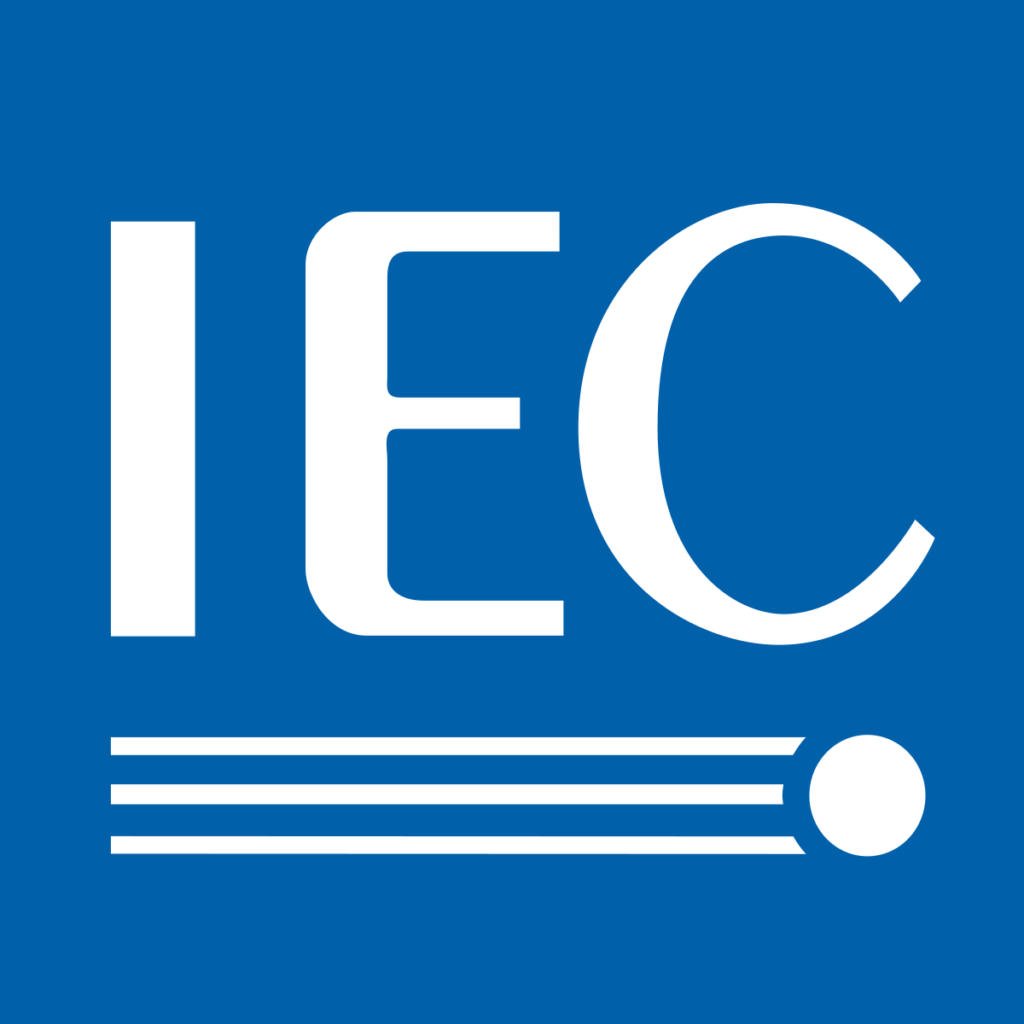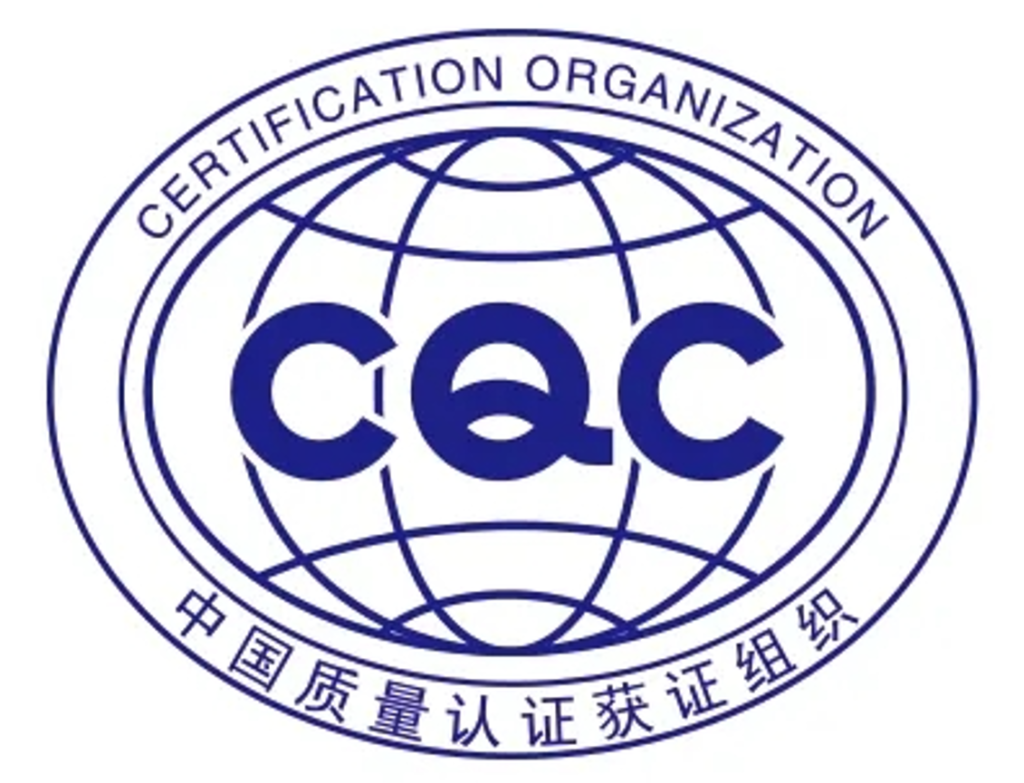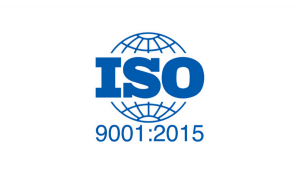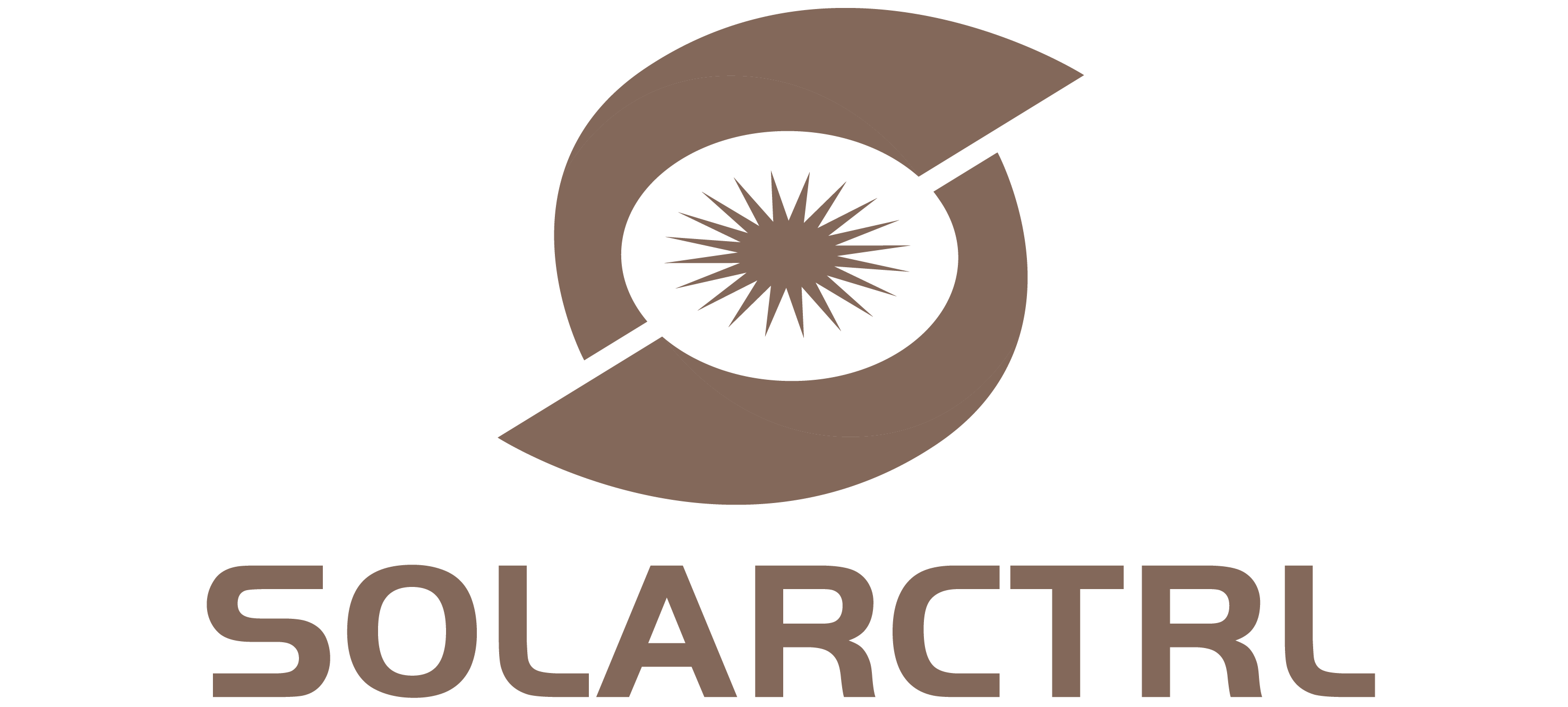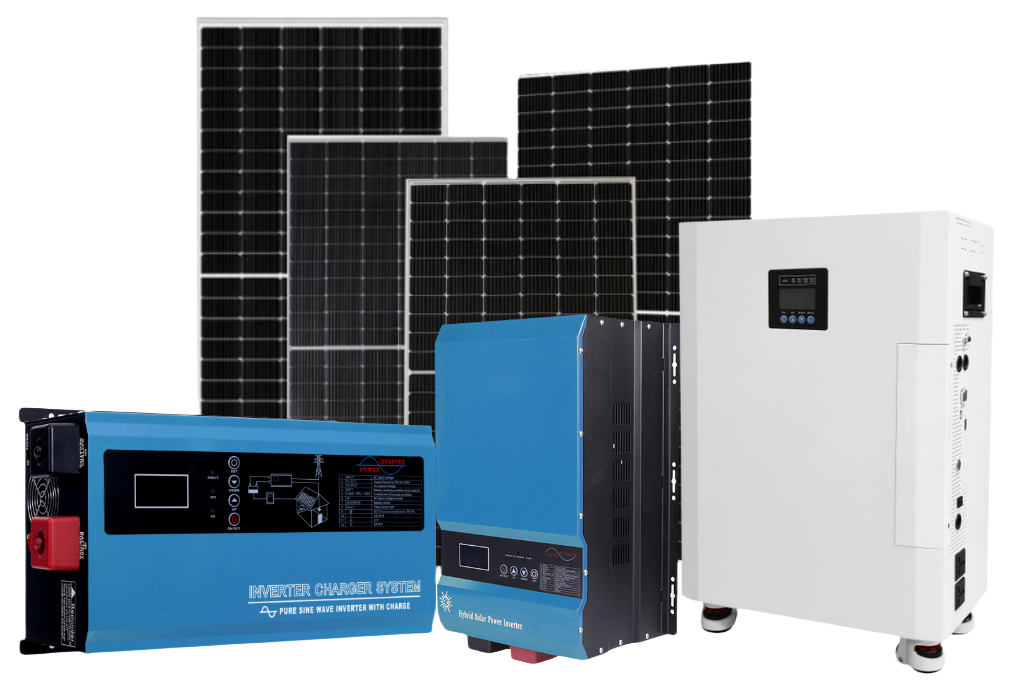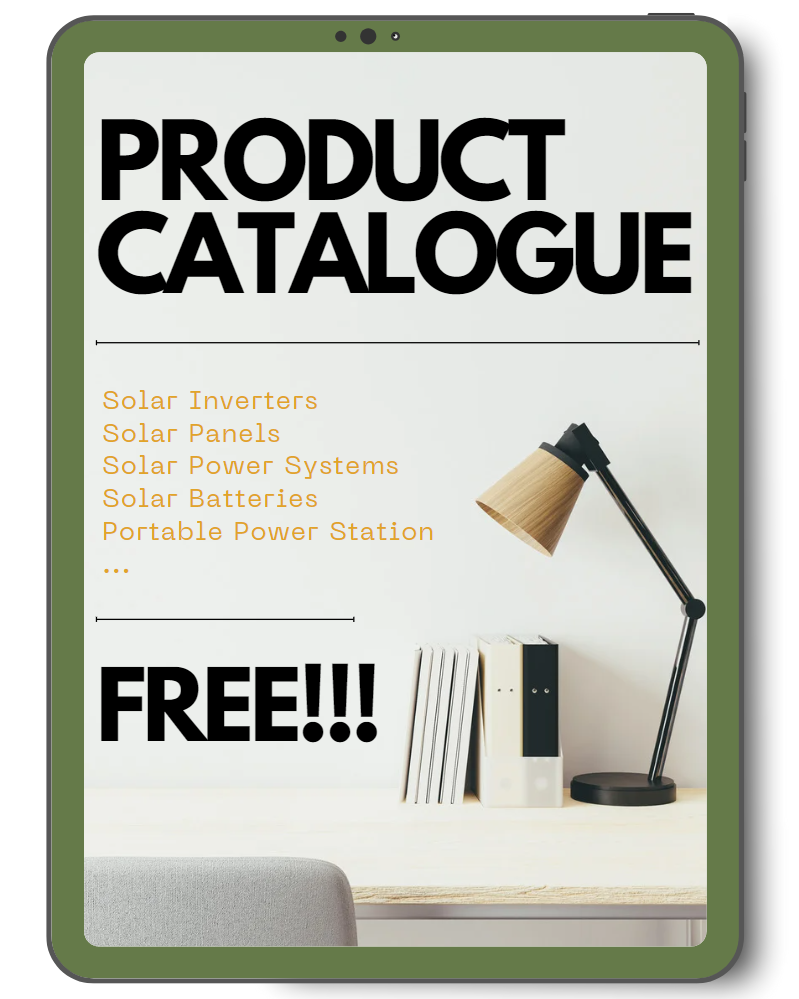Yes, you can mix different solar panel sizes when wiring an inverter, but it requires careful consideration to ensure efficiency, safety, and longevity of your solar energy system.
Now, let’s delve into the specifics of solar panel compatibility, wiring configurations, and the technology needed to ensure a harmonious integration, optimizing the potential of your diverse solar setup.
Understanding Solar Panel and Inverter Compatibility
To effectively mix different solar panel sizes when wiring to an inverter, understanding their compatibility is crucial. Let’s explore how these components interact and what factors you need to consider to ensure they work harmoniously together.
Solar Panel Characteristics
Solar panels vary in size, wattage, and voltage. When panels of different sizes and specifications are connected to a single inverter, the arrangement must account for these variations to avoid inefficiencies or damage. Key factors include:
Voltage and Current Characteristics
The electrical output of solar panels is not uniform; variations in panel size and technology lead to differences in voltage and current. These discrepancies are particularly critical when panels are wired together, as they can cause a phenomenon known as mismatch.
Mismatch occurs when solar panels with different electrical characteristics are connected, leading to inefficiencies that can manifest as reduced power output and accelerated wear on the panels.
Using an inverter with multiple MPPT (Maximum Power Point Tracking) channels can help mitigate these issues by optimizing the output of different strings of panels independently.
Shadowing and Orientation
The positioning of solar panels plays a significant role in their efficiency. Panels that are oriented differently or subjected to varying degrees of shading throughout the day will not only produce power at different rates but also at different times.
This variability can affect the overall system’s performance, as shaded or poorly oriented panels can become bottlenecks, limiting the energy output of better-situated panels in the same string.
Strategic planning and the use of microinverters or optimizers can help address these challenges by allowing each panel to operate independently, thus minimizing the impact of shading and orientation disparities.
Addressing these issues effectively requires a thorough understanding of both the individual panel specifications and the collective system design to ensure that all components operate synergistically.
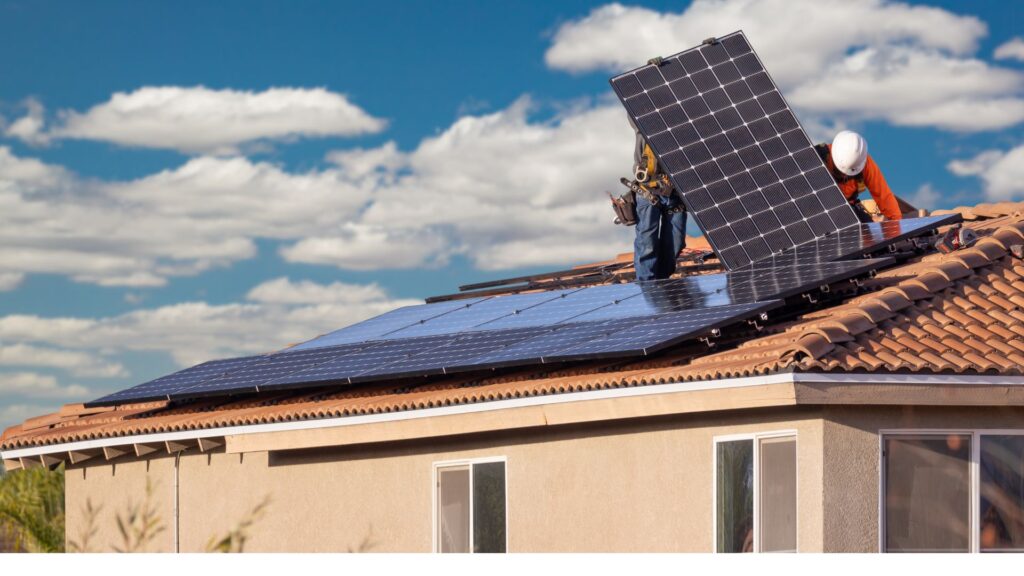
Inverter Specifications
Inverters convert the DC electricity generated by solar panels into AC electricity. The efficiency of this process depends significantly on the compatibility between the inverter and the solar panel configuration:
Maximum Input Voltage and Current
Each inverter has designed thresholds for the maximum voltage and current it can safely manage. If these limits are surpassed due to the connected solar panels producing more power under peak conditions, the inverter can shut down automatically to prevent damage or, worse, fail permanently.
It’s crucial, therefore, to ensure that the solar panel array’s maximum potential output does not exceed the input specifications of the inverter. This includes considerations for both normal and peak production levels, which can vary based on factors like solar irradiance and temperature.
Power Rating
The overall power rating of the inverter must also be aligned with the total wattage capacity of the solar panels. An inverter that is underpowered relative to the solar array can bottleneck the system, preventing it from delivering full power output and reducing the overall system efficiency. Conversely, an inverter with a power rating that significantly exceeds the panel capacity may not be cost-effective.
Ideally, the inverter’s power rating should be closely matched to the peak power output of the solar panels, with a little margin to accommodate potential expansions or slight overproductions under optimal conditions.
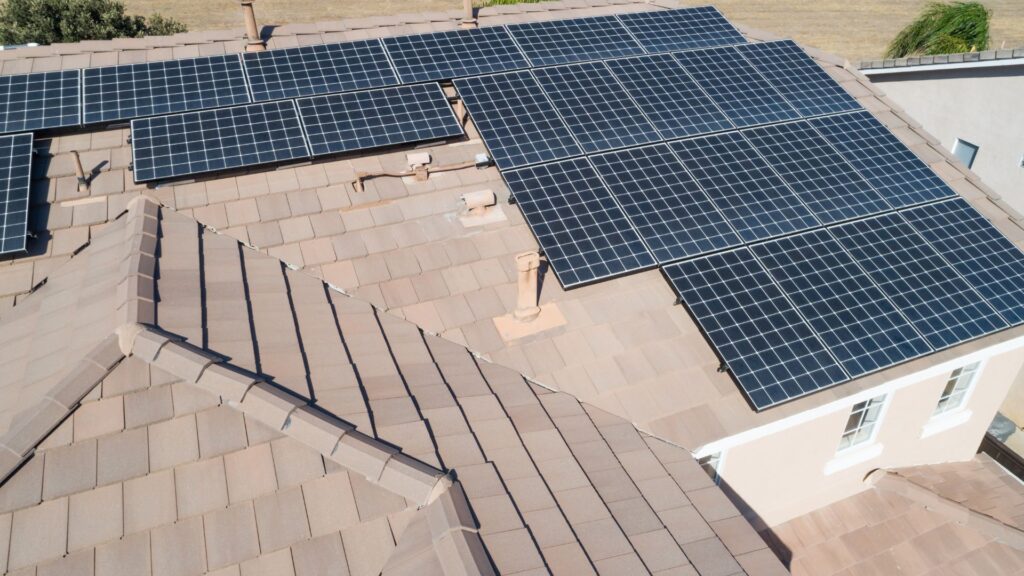
How to Mix Different Solar Panel Sizes
Mixing different solar panel sizes demands careful planning, not just in terms of physical wiring but also in selecting and utilizing the right technology to manage varying outputs effectively.
Series vs. Parallel Wiring
When considering the integration of different solar panel sizes, understanding the distinctions between series and parallel wiring configurations is essential, as each has its benefits and challenges.
Series Wiring
It involves connecting the positive terminal of one panel to the negative terminal of another, effectively adding the voltages of each panel while the current remains the same as that of a single panel. This setup is advantageous for maximizing the voltage output, which can be particularly beneficial when working with inverters that require a higher voltage to operate efficiently.
However, when panels of different sizes and power outputs are connected in series, the panel with the lowest current capacity dictates the current flow for the entire string. This mismatch can lead to underutilization of the higher capacity panels, resulting in overall system inefficiency and potential long-term wear on the panels due to inconsistent operating conditions.
Parallel Wiring
On the other hand, Parallel Wiring connects the positive terminals of all panels together, and similarly the negative terminals, which maintains the voltage at the level of one panel but sums the currents of each panel. This arrangement is more suitable for mixed-size panels as it allows each panel to operate at its maximum capacity without affecting the others.
Nevertheless, the total current output increases, which might exceed the inverter’s maximum current specification if not carefully calculated. This requires meticulous planning to ensure the combined current does not surpass the inverter’s capacity, as doing so could risk overloading the system, potentially leading to inverter shutdown or damage.
Choosing the appropriate wiring configuration thus depends on the specific characteristics of the solar panels and the inverter, as well as on the environmental conditions and spatial constraints of the installation site.
Using MPPT Controllers
Using MPPT (Maximum Power Point Tracking) controllers is particularly beneficial in systems where solar panels of different sizes are mixed. MPPT technology is designed to continuously track the maximum power point of each panel, adjusting the electrical load dynamically to optimize power output throughout the day under various light and temperature conditions.
This capability is crucial when panels with varying electrical characteristics are connected, as it ensures that each panel operates at its peak efficiency regardless of the others in the system. The result is a significant increase in energy production and system efficiency, making MPPT controllers an excellent investment for maximizing the returns from a diverse array of solar panels.
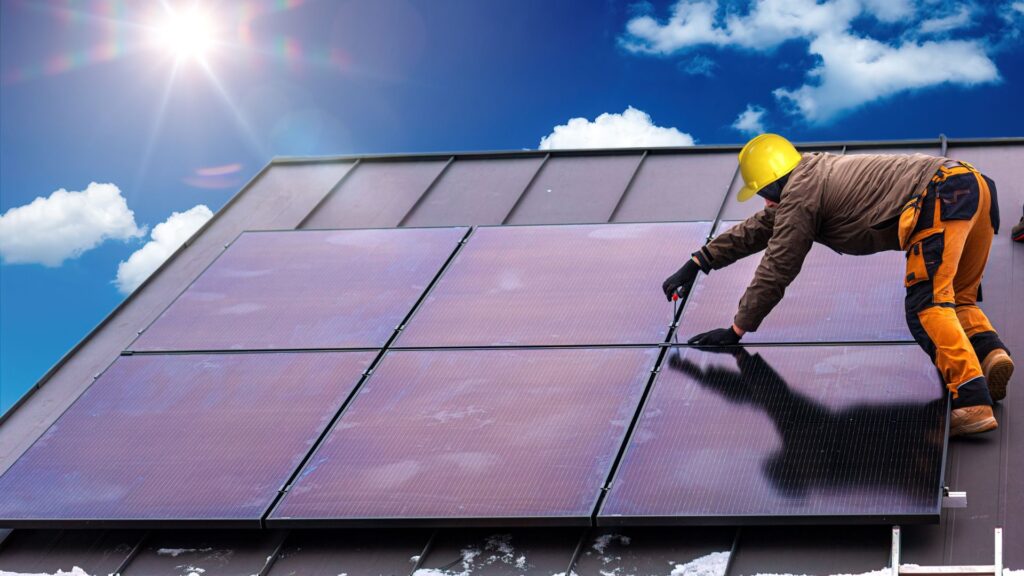
Considerations for Effective Integration
When integrating solar panels of various sizes into a single system, several critical considerations must be taken into account to ensure efficient operation and longevity of the system.
1. Compatibility Check
Before installation, it is essential to verify that the electrical specifications of each panel — including voltage, current, and power capacity — align with the inverter’s capabilities.
This check prevents the risk of overloading the inverter, which can cause equipment failure and potential safety hazards. The compatibility of electrical characteristics also affects the system’s ability to operate efficiently under varying environmental conditions.
2. Monitoring and Balancing
Implementing a robust monitoring system is vital for systems that incorporate panels of different sizes. Regular monitoring allows for the real-time tracking of each panel’s performance, helping to quickly identify and address any discrepancies or inefficiencies.
This data is crucial for maintaining system balance, optimizing output, and prolonging the life of the system components. It can also guide necessary adjustments or repairs, ensuring that all panels contribute optimally to the overall system performance.
3. Professional Advice
Consulting with a solar energy expert is highly recommended, especially for more complex setups involving panels of differing specifications. A professional can offer valuable insights into the most effective configurations and the best equipment choices for a particular scenario.
Experts can also help design a system that not only meets current energy needs but also is scalable for future expansion. Their experience and knowledge are instrumental in navigating the challenges associated with mixing different solar panel sizes, from selection and installation to maintenance and troubleshooting.
Conclusion
Mixing different solar panel sizes when wiring an inverter is feasible but requires thoughtful planning and system design. It is crucial to consider the electrical characteristics and compatibility of your panels and inverter. Using advanced technologies like MPPT can further enhance system efficiency and longevity. For those looking to expand or modify their solar installations, professional guidance is recommended to ensure that your solar energy system remains efficient, safe, and productive.
